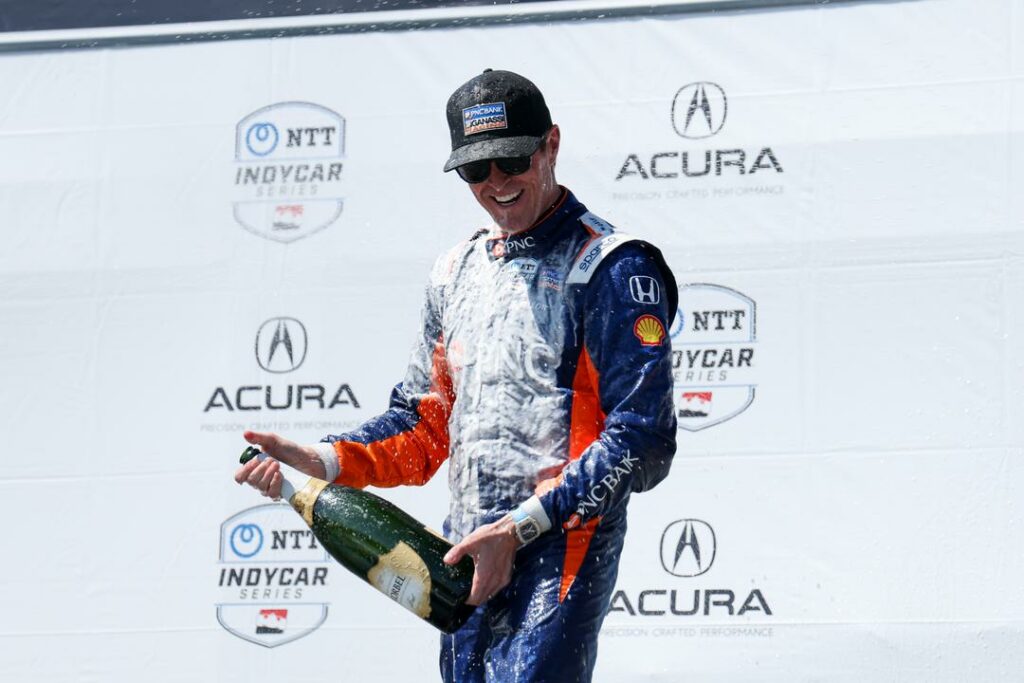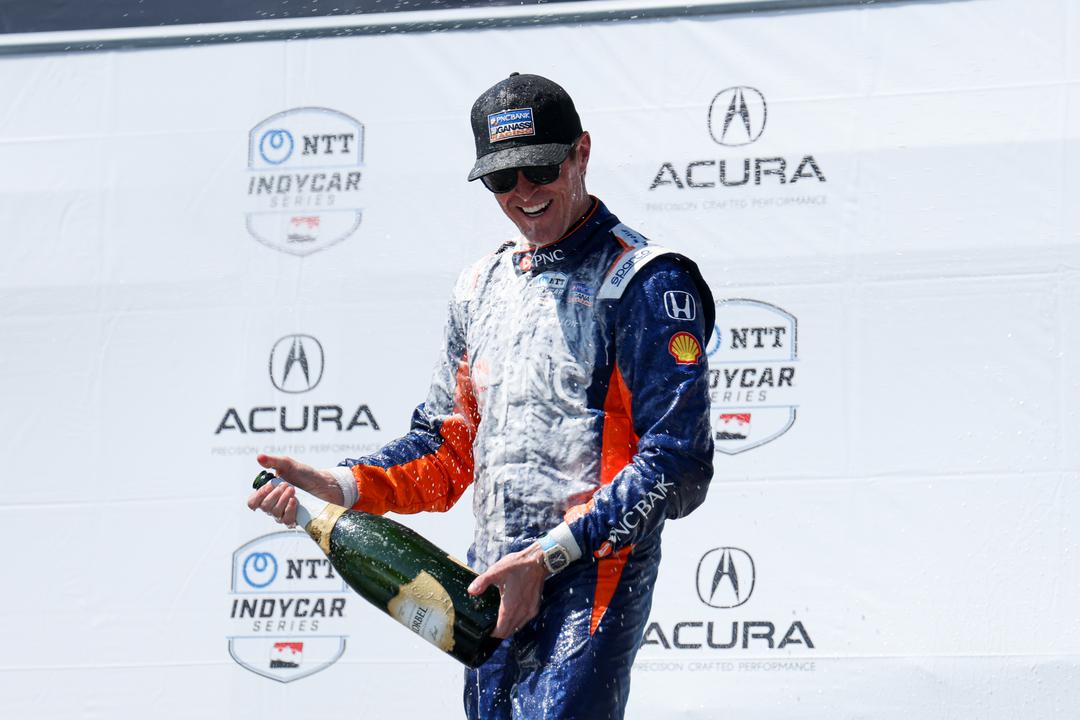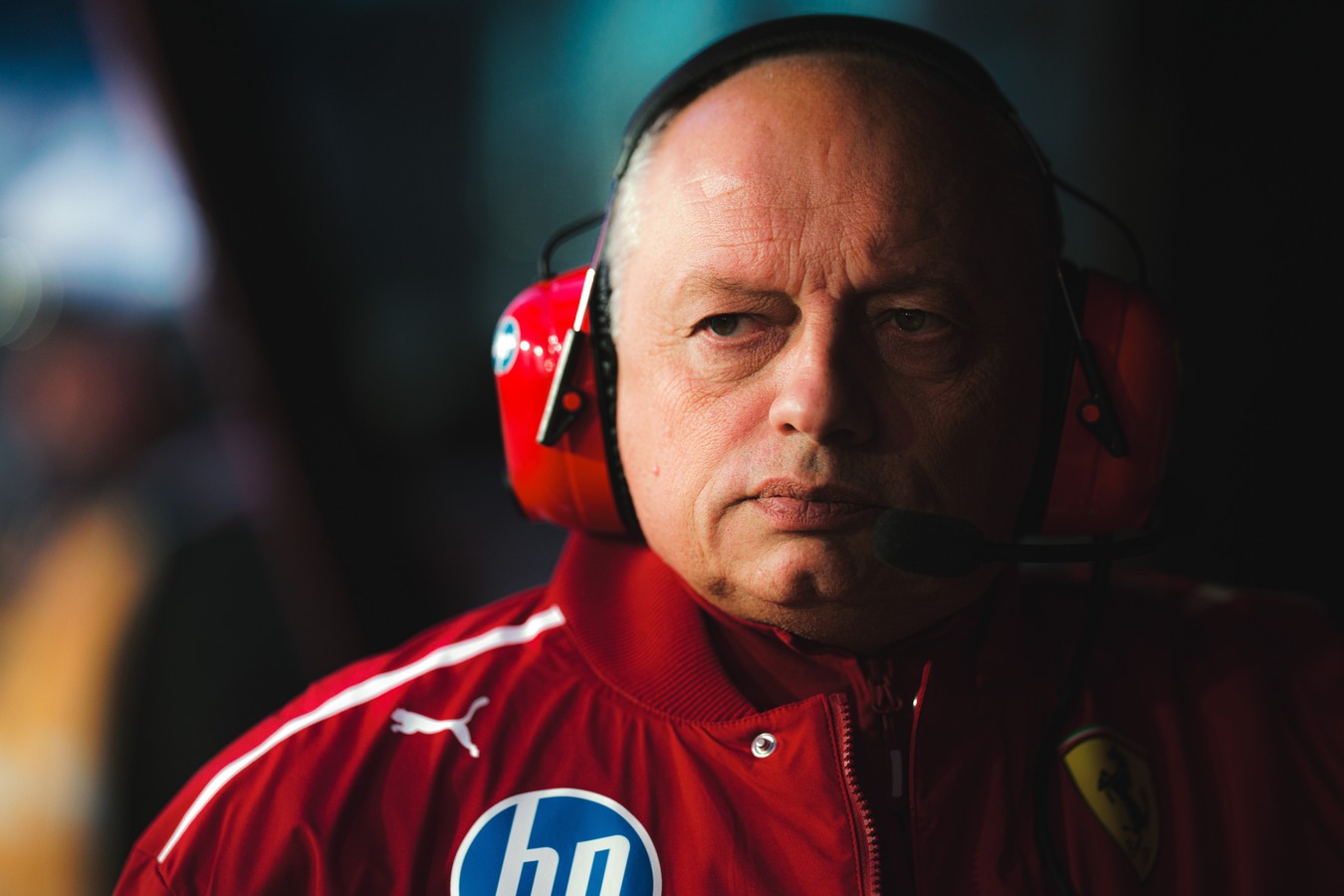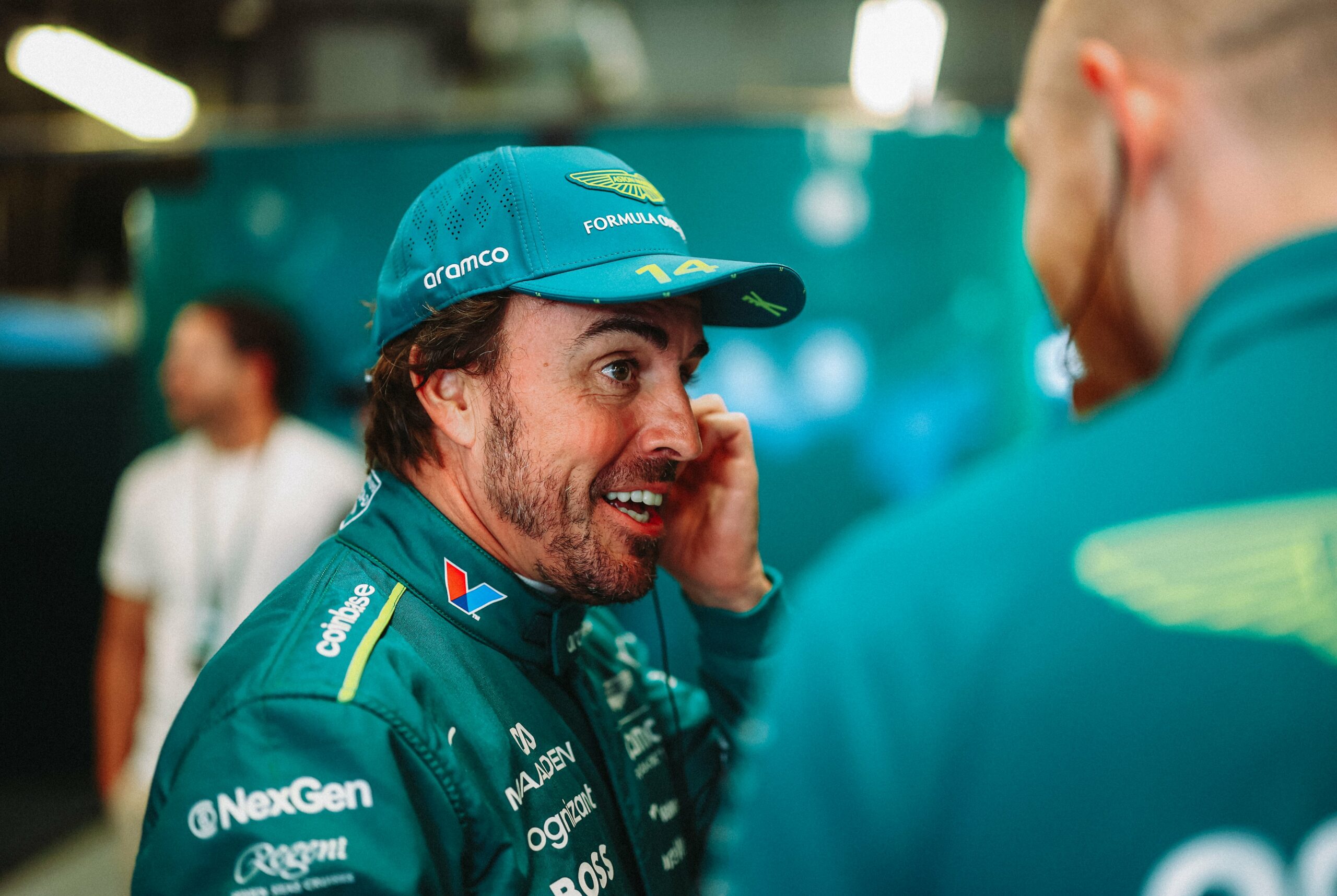The six times IndyCar champion scored his first win of 2024 at Long Beach in style. His legendary fuel saving abilities aided him in the recovery from his starting P8 to the impressive achievement of his 57th career win in the championship.
Key moment of Dixon’s day was the final stint, which saw him run for 34 straight laps on the same fuel tank, while also defending his lead from the assaults of Newgarden and Herta. Ultimately, the Ganassi driver was able to hold off the duo, on a less challenging fuel saving strategy, as he discussed in the post-race press conference:
“That was fun. I think it was definitely a bit sketchy in the fact that the pressure is coming hard and strong. I knew they would burn their tires off pretty quickly with kind of 10-lap offset, they had to close a 10- or 12-second lap. The abuse was coming thick and fast.
“I think we could have had the status quo there with Josef. We had over a hundred seconds of OT left, he was down to the 20s by the time he got to me. Even to get that out, they weren’t trimmed out, we were trimmed, that would have made it difficult to pass,” he added confidently about his race win odds.
The hardest moment of his race was definitely towards the end of the race, with Herta getting closer and closer after his mishap with Newgarden, but eventually the driver of car no. 9 received encouraging feedback from his team for the latest stages of the race:
“Once you get into the confinements of the corners, it’s really tough. Obviously, the incident between Colton and him backed him up a little bit. We were okay once we got past a couple people in traffic. I would say I didn’t get the number consistently, so I was a little worried about that.”
“We kind of have a light that comes on that gives you a couple of laps’ heads up that you’re actually going to run out of fuel. I didn’t see it with two laps to go. They came on the radio saying, Go flat out, mix one, overtake, whatever you need. That was definitely nice to hear at that point because the stress level was pretty high. To get after it for the last two laps without a concern was big.”
Dixon also mentioned the exact moment in which him and his strategical team opted to go for a more risky fuel saving mode, right after the caution issued after Christian Rasmussen’s crash:
“It was black and white. I normally question it. Today I was like, Hey, let’s just get on with it. They kind of told me late, as well, which I think strategy-wise was well so a bunch of others didn’t dive in and take the same stop. I knew it was going to be tough.“

“What you kind of hope for in the long run is that you get some caution laps again, which would have made it a lot easier for us. Again, the pace was pretty solid, man. We didn’t really have to push crazy amounts. It saved the tires as well. The car had plenty of pace left at the end,” he concluded, with a very positive feeling left from the strong performance displayed in California.
The talented Kiwi admitted that this win ranks among the most “stressful” of his career, due to its intensity:
“It ranks on the stressful meter pretty high. Yeah, that one was up there. I think Nashville maybe beat that, a couple years ago where we didn’t take tires on the last stop, we tried to do crafty and do 50 or 60 laps on a set of tires. That was pretty wild.”
“This one was up there because they were coming hard and fast, they were going to get to us with eight to ten laps to go. Even the scenario do you push, maintain track position over maybe not finishing, it’s kind of a hard decision to make.”
In the heated, decisive moments of the race, he had support even from team owner Chip Ganassi:
“Chip actually got on the radio. I couldn’t really hear what he said, I heard he was yelling. I guess it meant go, and that’s what I did. I think he must have said just kind of make sure you stay in the lead because so many times in this sport you kind of unfortunately are on the bad side of that.”
Ultimately things worked out pretty well for Ganassi, with a double podium finish for Dixon and Palou in P3:
“I’ve lost many races that way where you kind of give up the position because you know you need to make it on fuel, you get a caution within the next couple laps.”





